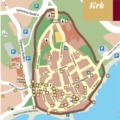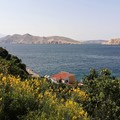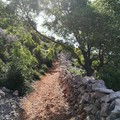This post is about an ancient language of the Adriatic, which I discovered, when I was strolling in Krk. If you want to read about my stroll there (and why not?!) – head over to my other article via this link.
The name of this language is Dalmatian, which is a curious word. Let’s not pretend – how many of you thought of dogs? All right, we can move on now… The word originally signifies a tribe of the Illyrians who were a larger group of people having occupied parts of the western Balkans long before the start of ancient Greek or Roman civilisation in this region. They themselves spoke an Indo-European language, but their language merged with Latin after the Roman conquest. The romance of these two languages gave life to what we actually call Dalmatian.
If you imagine the coastal region of the Balkans, you probably notice that its whole atmosphere and landscape differs largely from the inland areas. Whoever was to occupy it, only cared about the seaside and never about the lands behind it. (Even if they had do so, the rim of mountains behind the coast would have meant serious trouble.) For this reason, we might imagine the coastal region as one cultural unit. It’s no wonder that this long and narrow line of land could not develop one unified language. It rather developed a bunch of dialects which bore close resemblance to each other, and hence can be called a language of its own right.
The major dialects developed in the major towns on the coast which were Jadera (Zadar), Tragurium (Trogir), Spalatum (Split), Ragusa (Dubrovnik) and Acruvium (Kotor). The same sort of romance language was spoken on some islands: Curicta (Krk), Crepsa (Cres) and Arba (Rab). Don’t these names sound like they came from a fantasy novel? Just lovely!
Two of the dialects were of outstanding importance – Ragusan and Vegliot.
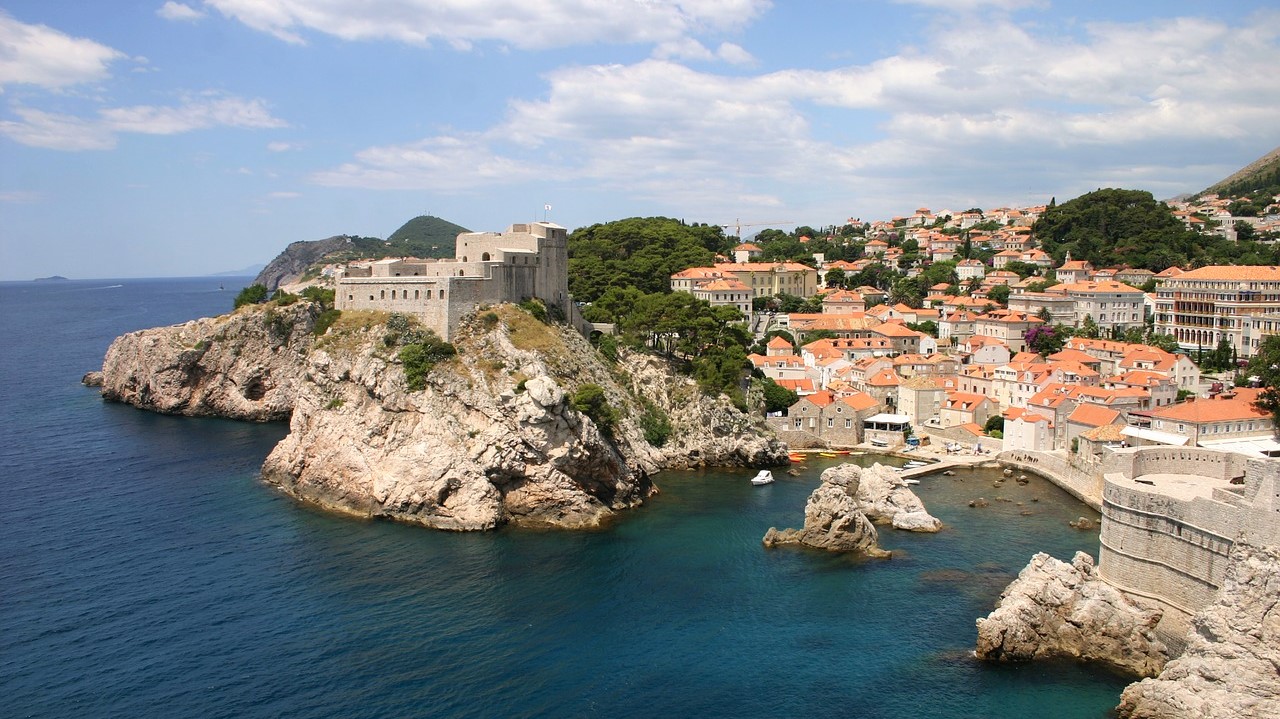
Image by vandeventert from Pixabay
In the case of Ragusan, it’s easy to see how military power and financial independence support the evolution of a national language. The first written documents, which record about 260 Ragusan words, date back to the second half of the 14th century. Before this time, the city was under Byzantine rule for long centuries, with half of the population being Slavic and half of it „Latin” regarding their language. After that long period of time, Venice finally succeeded in occupying the city, and it remained in power for one and a half centuries. As we all know, one common enemy can unite two opposing sides. So after the fall of Venice in the middle of the 14th century, Ragusa rose as a unified and powerful city state with an ideal position for trading, a large military fleet – and its own language.
Ragusan slowly became extinct within about 200 years after this. There was no use trying to conserve it through regulations strengthening its official status. It was continually and significantly shaped by the Venetian via commercial ties, and the spreading of Slavic languages in the area terminated its usage in the 16th century.
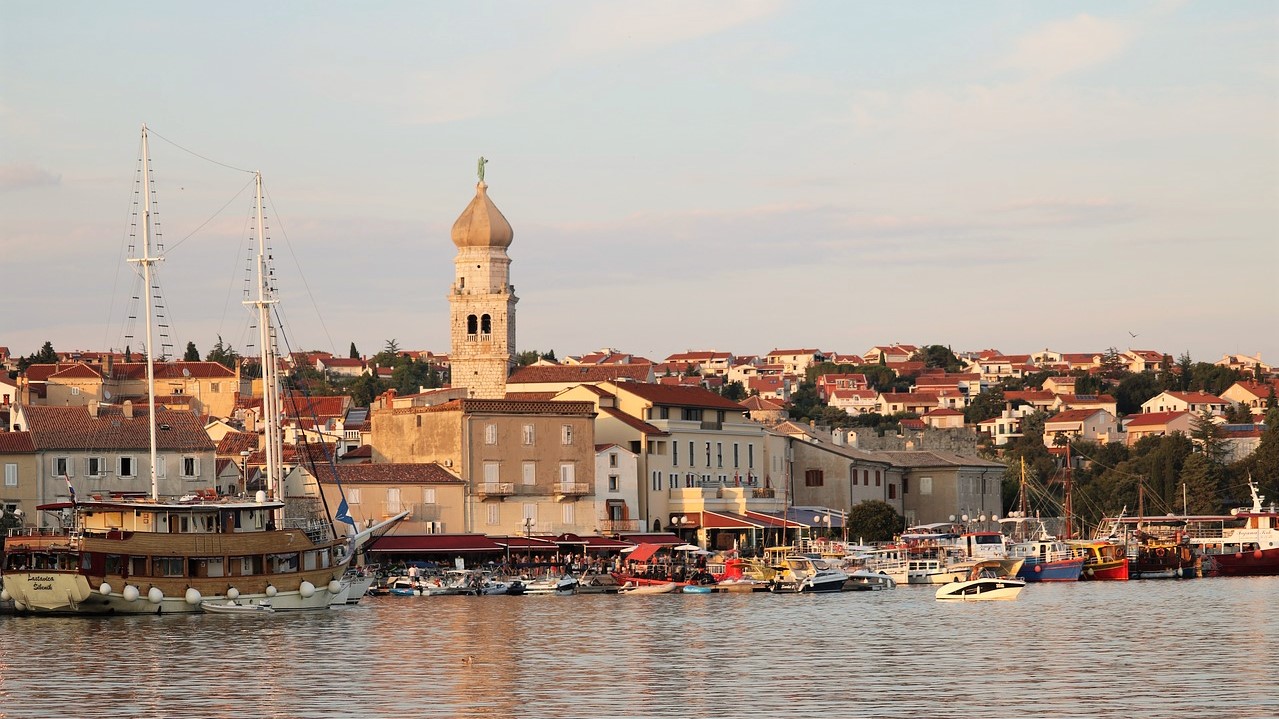
Image by Mr_Picture from Pixabay
While Ragusan was the largest dialect in the south, its counterpart in the north was called Vegliot. This was the dialect which was spoken on the island of Krk. If you’re interested in the culture of Krk, you can find a number of articles on this blog tagged with its name. Vegliot is the Italian name of this language, but the speakers of it called it Viklasun. Doesn’t it sound romantically ancient to you? Even though this dialect was probably not so widely spoken as Ragusan, it lasted two centuries longer. The case of its last speaker is actually documented (https://en.wikipedia.org/wiki/Tuone_Udaina) because he lived in an era of reviving interest in national languages – in the second half of the 19th century.
If Ragusan was named after Ragusa, then what has Vegliot to do with Krk? Krk is the Slavic version of the island’s name. It is derived from Latin, as the town itself was called Splendissima civitas Curictarum in a Latin inscription. Curictum, Curicta – Krk. Hence the name.
Now you might ask yourself the question: why is it relevant to be acquainted with the history of this extinct language? Well, strictly speaking, maybe – it is not. However, from a cultural point of view, this language might even be called a milestone. From all the romance languages it was almost the closest to original Latin, conserving ancient forms, which were lost in most other related languages. Only Romanian and Dalmatian contained these forms, and Romanian lost many of the words related to city life in Latin when the speakers of it moved to mountainous areas. The landscape, their new home wasn’t suitable for maintaining the sort of culture that Dalmatian could preserve in the towns of the Adriatic.
Individuals die, cultures pertain. The last speaker of Dalmatian might have passed away more than a century ago, but still, this highly complex culture which evolved around the Adriatic Sea will conserve traces of this ancient language. It will shine through the crack of white rocks; it will filter through the textiles used as shades from the sun. I hope that it will also permeate the minds of my readers while trodding the white stones of ancient Veglia. Enjoy the stroll, people!
PS: I didn't write a task after this article, because I wasn't sure about which words might be interesting for my Dear Advanced REaders (a.k.a. DARE). Please, comment and let me know!

